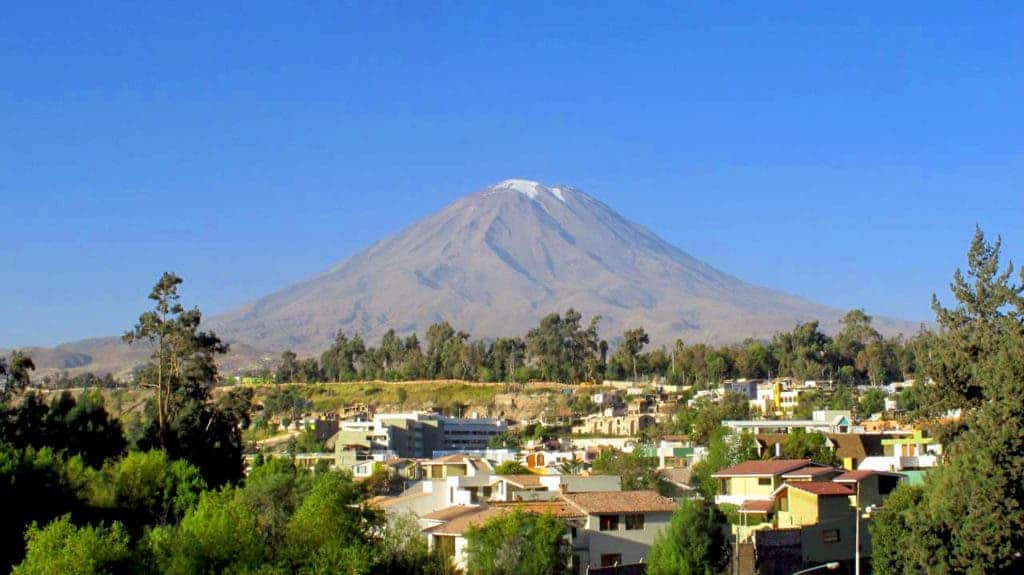The greenhouse gas emissions coming from human activity each year are 100 times greater than the emissions released by all the volcanoes on Earth, according to a decade-long study by the Depp Carbon Observatory.

The 500-strong international team of scientists released a series of papers outlining how carbon is stored, emitted and reabsorbed by natural and manmade processes.
According to their findings, manmade carbon dioxide emissions drastically outstrip the contribution of volcanoes—which belch out gas and are often fingered as a major climate change contributor—to current warming rates.
Just two-tenths of 1 percent of Earth’s total carbon—around 43,500 gigatonnes—is above the surface in oceans, the land, and in our atmosphere, the study showed. The rest—1.85 billion gigatonnes—is stored in our planet’s crust, mantle, and core, providing scientists with clues as to how Earth formed billions of years ago.
The Deep Carbon Observatory measured the prominence of certain carbon isotopes in rock samples around the world and was able to create a timeline stretching back 500 million years to map how carbon moved between land, sea, and air.
They discovered that, in general, the planet self-regulated atmospheric levels of carbon dioxide, a key greenhouse gas, over geological timeframes of hundreds of thousands of years. The exceptions to this came in the form of “catastrophic disturbances” to Earth’s carbon cycle, such as immense volcanic eruptions or meteorites.
“In the past, we see that these big carbon inputs to the atmosphere cause warming, cause huge changes in both the composition of the ocean and the availability of oxygen,” said Marie Edmonds, Professor of Volcanology and Petrology and Ron Oxburgh Fellow in Earth Sciences at Queens’ College, Cambridge.
The team analyzed the impact of the Chicxulub meteorite that impacted the Earth 66 million years ago and killed off three-quarters of all life on Earth. The meteorite released between 425 and 1,400 gigatonnes of CO2. They also looked at volcanoes, whose CO2 emissions hovered around 0.3 and 0.4 gigatonnes—roughly 100 times less than manmade emissions.
“The amount of CO2 pumped into the atmosphere by anthropogenic (manmade) activity in the last 10-12 years (is equivalent) to the catastrophic change during these events we’ve seen in Earth’s past,” Edmonds said.
Whereas Earth’s atmosphere has frequently contained higher concentrations of CO2 than the present day, outside of catastrophic eruptions it has taken hundreds of thousands of years for such levels to accumulate. In contrast, manmade carbon emissions have seen CO2 levels rise two thirds in a span of a few centuries.
Celina Suarez, Associate Professor of Geology at the University of Arkansas, said modern manmade emissions were the “same magnitude” as past carbon shocks that precipitated mass extinction. “We are on the same level of carbon catastrophe which is a bit sobering,” she said.
“Climate skeptics really jump on volcanoes as a possible contender for top CO2 emissions but it’s simply not the case,” said Edmonds. “It’s also the timescale.”


